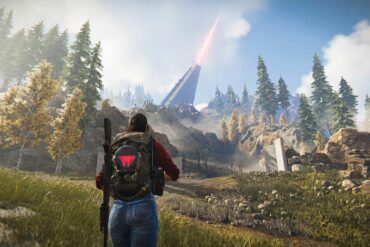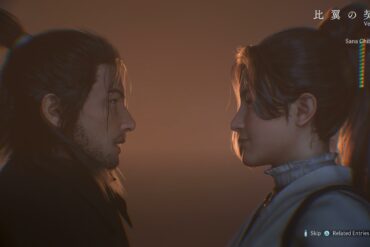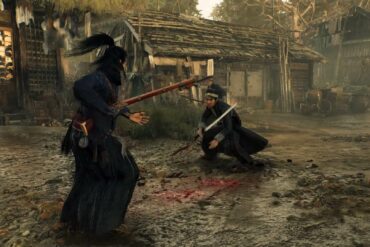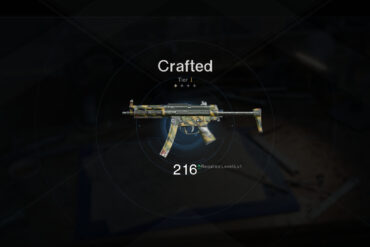In 2018, Switch users came ridiculously close to a sequel to Star Fox, in the form of Starlink: Battle for Atlas, an action-adventure game developed by Ubisoft Toronto. It was an attempt to revive the waning popularity of the ‘toys to life’ style game. While it was released for multiple platforms, Switch players had some added Star Fox content: Fox McCloud is one of the default pilots available in the Switch version, piloting his signature Arwing.
When this game was coming out, I had no intention of getting it. I know plenty of people who adore ‘toys to life’ games and enjoy having the little collectibles to display on their shelf. I, however, am not one of those people. And this wasn’t a mainline Star Fox game. I was sure the Star Fox content would feel tacked on and completely out of place. I was happy to wait for a ‘proper’ Star Fox game to come out.

But then I saw one of the gameplay videos, nodded to myself, and immediately ordered the physical starter pack. So let’s take a look at how this game stacks up.
Starlink Story
Starlink follows the journey the crew of the Equinox as they explore the universe. Humans have just recently developed the capabilities for interstellar travel, and are now boldly going where no one has gone before. However, their ability to actually manufacture a fantastic fuel source lands them right in the middle of a conflict in the Atlas Star System. It turns out that an ancient robotic menace is awakening and attacking the system, and the various planets and organizations there are struggling to stay alive while fending off space pirates. It’s up to the ragtag bunch of misfits to reunite everyone in the system and save the day.
The story, ultimately, is not anything groundbreaking, nor are the characters anything you’ve not seen before. You have an old guy who becomes a victim of the mentor occupational hazard, a young aspiring leader, a goofy nerd alien, a roguish ex-con with a heart of gold and you have a crusty old space prospector who knows a lot about the local legends. They all have backstories, none of which are revolutionary. The plot of Starlink feels like is Mass Effect 1 for kids. And that is fine: this game was clearly made for kids. While we shouldn’t necessarily dumb things down for children, we do want it to be accessible.
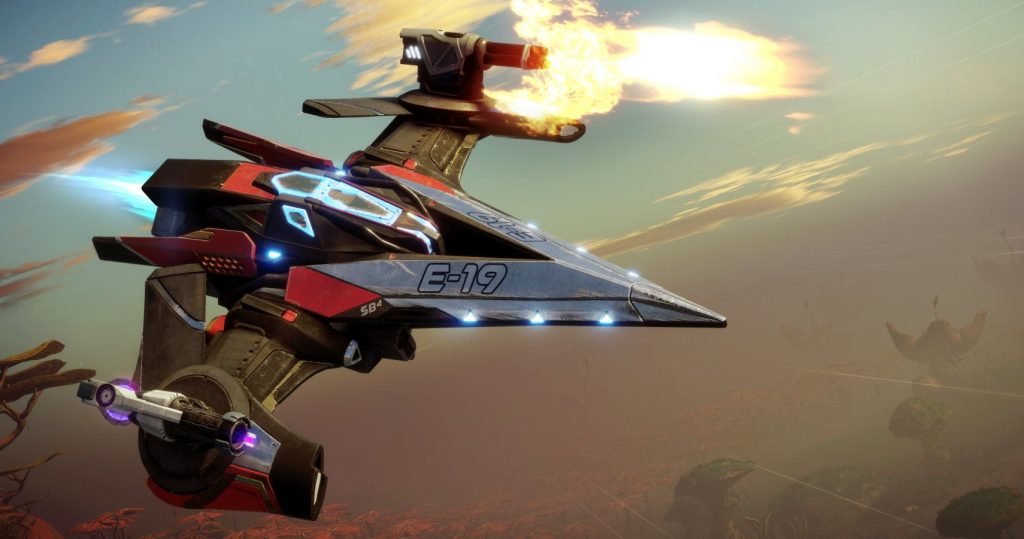
In the Switch game, the Star Fox team happens to be doing their own independent mission. They run into the crew of the Equinox and realize that their purposes align. They agree to team up, and thus our anthropomorphic animal air team join the Equinox.
Obviously, the devs couldn’t change the core story too much to fit in Fox and his crew, but I do have to credit them. There are so many reasons Star Fox joining the team shouldn’t fit well. And yet, somehow, they managed to fit the team in without making it feel forced.
Strange New Worlds
To me, graphics are not a deal-breaker in games. I’m still wowed by the Dreamcast and Gamecube era of graphics. That being said, I think this is a nice-looking game. The planets all have post-disaster energy to them, and the various life forms and other set pieces do look alien. The planets are a little barren at times, but I feel like that’s a deliberate design choice: The Atlas system isn’t necessarily the most hospitable place. The denizens are attempting to survive as best they can in a situation that is less than optimal. The atmosphere the graphics generate, the barren planets and the ruined space locations, evoke a sense of desperation or desolation.
Likewise, I enjoy the ship designs. You gain access to a wide variety while playing the game. The redesign of the Arwing for this game is perhaps my favorite look for the ship in the entire existence of Star Fox. It looks a little more utilitarian, more real in its design.
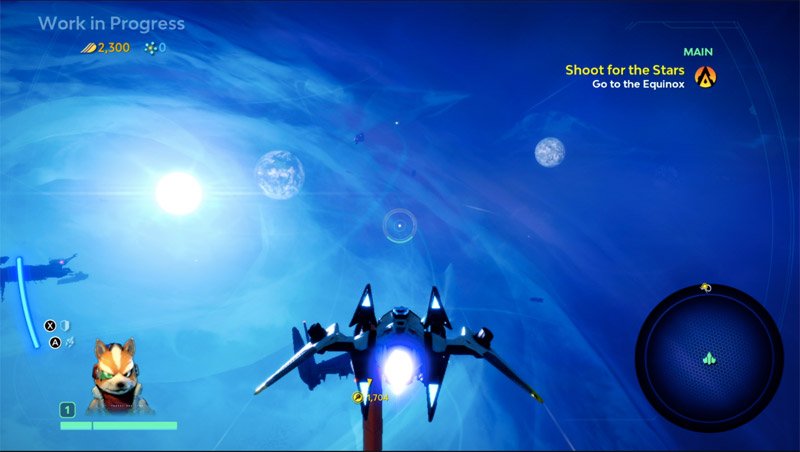
The sound manages to also evoke the feelings that the planets are inhospitable. Music only tends to show up in enemy encounters. Otherwise, you are left to the sounds of your ship along with the ambient noises of the various planets. While none of the music strikes me as an earworm, it works perfectly for the sort of atmosphere this game is going for. The voice acting is good for what the game is. It feels like a Saturday Morning Cartoon without going too ridiculously over the top with it.
Stay On Target
While graphics, sound, and story are important for making a good game better, as former Nintendo Marketing Guru Peter Main liked to say, “The name of the game is the game.” You can have the prettiest, best-written game ever and it won’t mean a thing if it doesn’t play well.
Starlink plays like an action-adventure game, not entirely unlike Ocarina of Time. It just so happens instead of controlling a person, you are controlling a space ship. And shockingly, it works well. The bulk of the game has you exploring planets in, for lack of a better term, “hover mode”. You scoot along the planet, shooting the bad guys, exploring, and discovering locations and treasures. There are certain light RPG elements, where you can exchange treasure for upgrades to locations and ships, and where certain weapons and abilities gain power the more you utilize them.
But of course, what fun is having a spaceship if you can’t go to space? And this was the aspect of the game that first grabbed me, the one that made me run out to purchase the game. When you reach a certain point on the first planet, you gain the ability to just take off and seamlessly go to space whenever you want to. Fed up with the planet you’re on right now? Need a change of pace? Launch yourself into orbit and do some space exploration! The way the game manages to feel seamless while doing so is one of the coolest parts of the game. It manages to make the universe feel like a coherent whole, rather than a bunch of gated subareas that you are traveling to.
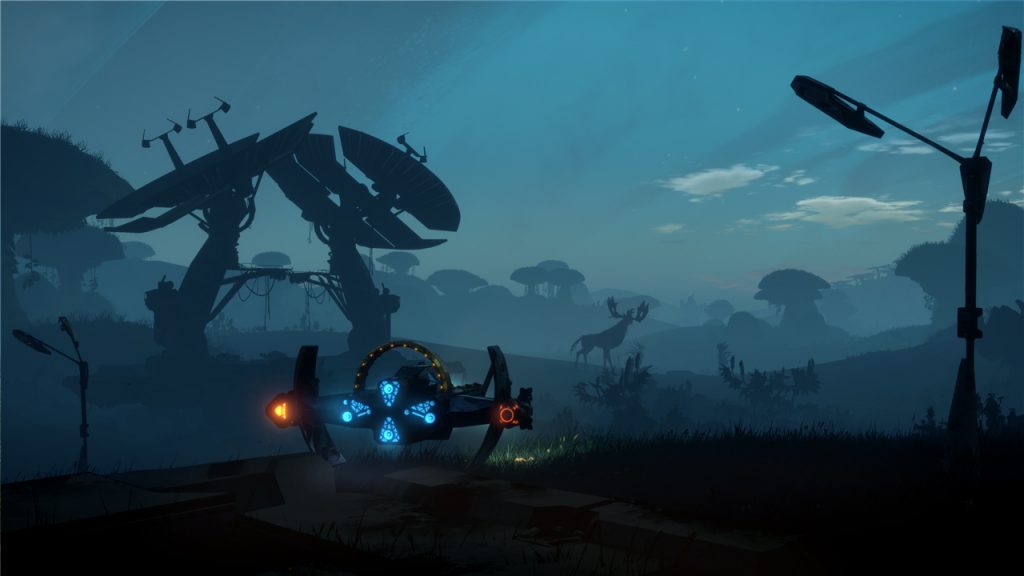
As you progress through Starlink, some strategy elements are added to it. While you explore planets, you make allies and unlock various bases which net you resources. Sometimes, these locations will come under attack, necessitating you going back to previous planets to help defend them. You also use some of these resources to upgrade various locations to make them more likely to survive, thus rewarding all that exploration and the various side missions you do. While it would be cool for there to be a little more variety in the types of enemies, the things you can find, and just the types of side missions in general, all these elements add depth to Starlink.
Toys-To-Life
The physical version of Starlink comes with a special controller, which you can mount various pilots and ships on. At any point in the game, you can swap out ship parts, weapons, and pilots to change the properties of your ship, the weapons’ elemental affinity, and even special pilot exclusive abilities. You can mix and match parts to make your own custom monstrosity of a ship. Ubisoft’s goal was to not stifle the creativity of any kid playing the game. There’s a huge amount of customizability.
Unfortunately, while the customization options are diverse, this is also the biggest thing holding the game back. The physical edition of the Switch version gives you two pilots, two ships, two weapons, and the default lasers built into the Arwing. For the first couple of planets, this will serve you well. However, once you get to the middle chunk of the game, the enemies gain resistances to certain elemental types. Suddenly, the flamethrower and ice missiles you’ve been using for the first 3 planets aren’t cutting through the enemies nearly as well as they had been. Likewise, several of the puzzles on the planets now require different elemental types, which means different weapons.
While the core digital version comes with more weapons, it does definitely feel like the game is punishing you for not spending more money. There are even levels which are hidden unless you have certain weapons. This definitely felt like a scenario where, in order to make the base game playable, I would have to spend more money than I already had, which shouldn’t be how this works.
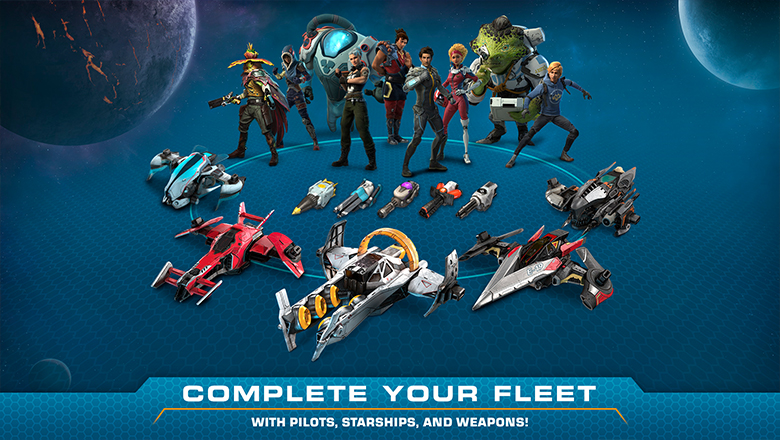
If Ubisoft had included a way to natively unlock weapons, pilots and ships in-game, I would have absolutely no complaints. While it isn’t necessarily a ton of money for the digital versions of those items, it is still a matter of principle.
The physical versions of these weapons and ships, while they definitely look nice and are fun to play with, Ubisoft’s Toys-To-Life decision was perhaps not the greatest idea for a gameplay mechanic. They have also since discontinued the physical releases of Starlink toys. I know for a while, you could get the physical starter kit in stores for about five bucks a pop, which really shows how hard retailers were trying to get rid of this thing.
Summary
Starlink: Battle for Atlas is a good game held back by a dying trend in the industry. If it weren’t for the reliance on ship packs, pilot packs, and weapon backs, this easily would have wound up being my favorite game for the Switch. I hope Nintendo and Ubisoft take notes because I feel like if you made the weapons and pilots natively unlockable in the game, this would be everything in a Star Fox game that I never knew I wanted. On the whole, it is an entirely enjoyable game, available on pretty much any platform you could want. Just don’t go for the physical version unless you REALLY like collecting toys.
As Nintendo decides what to do with the future of Star Fox, they need to look at Starlink: Battle for Atlas for ideas.


